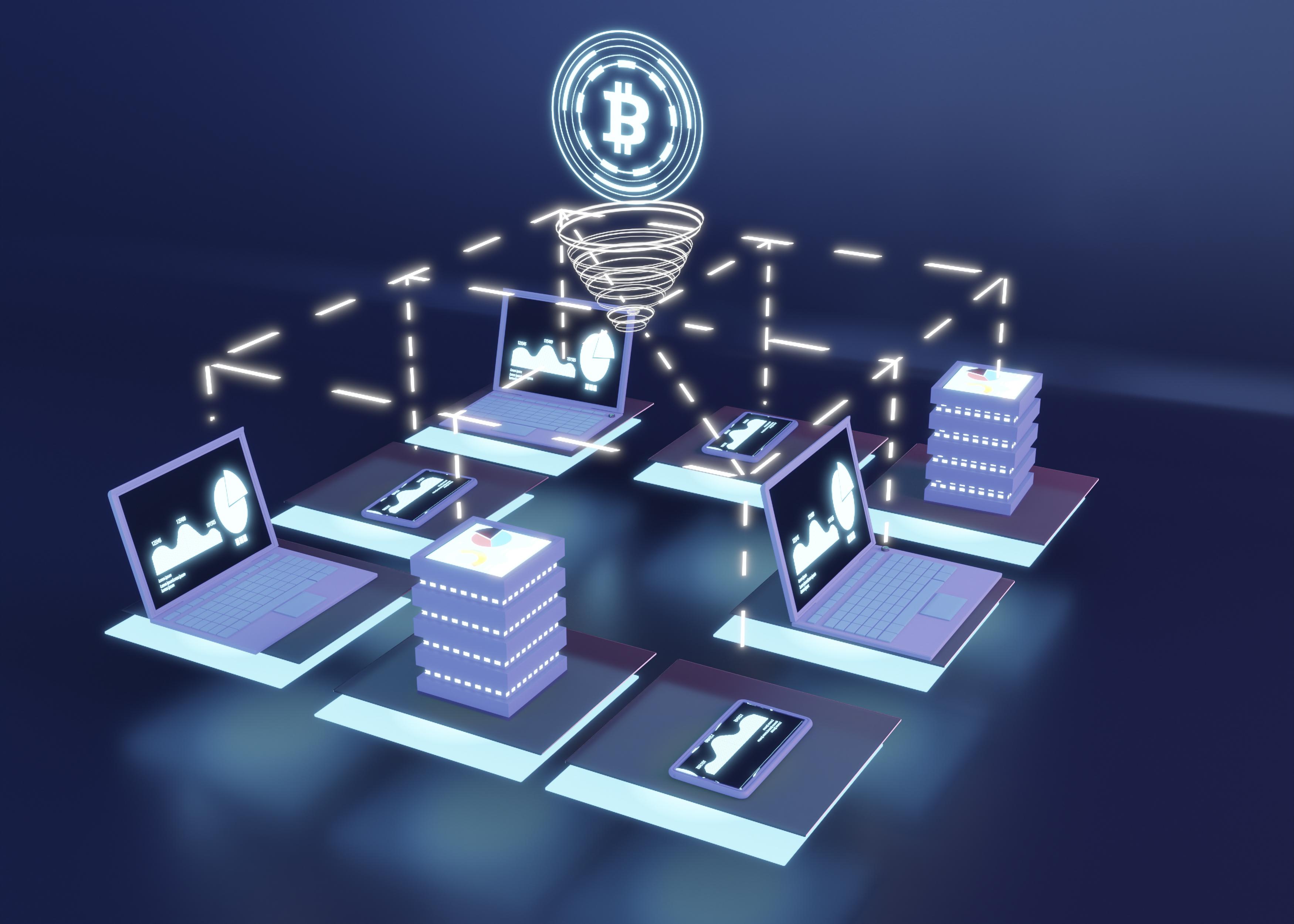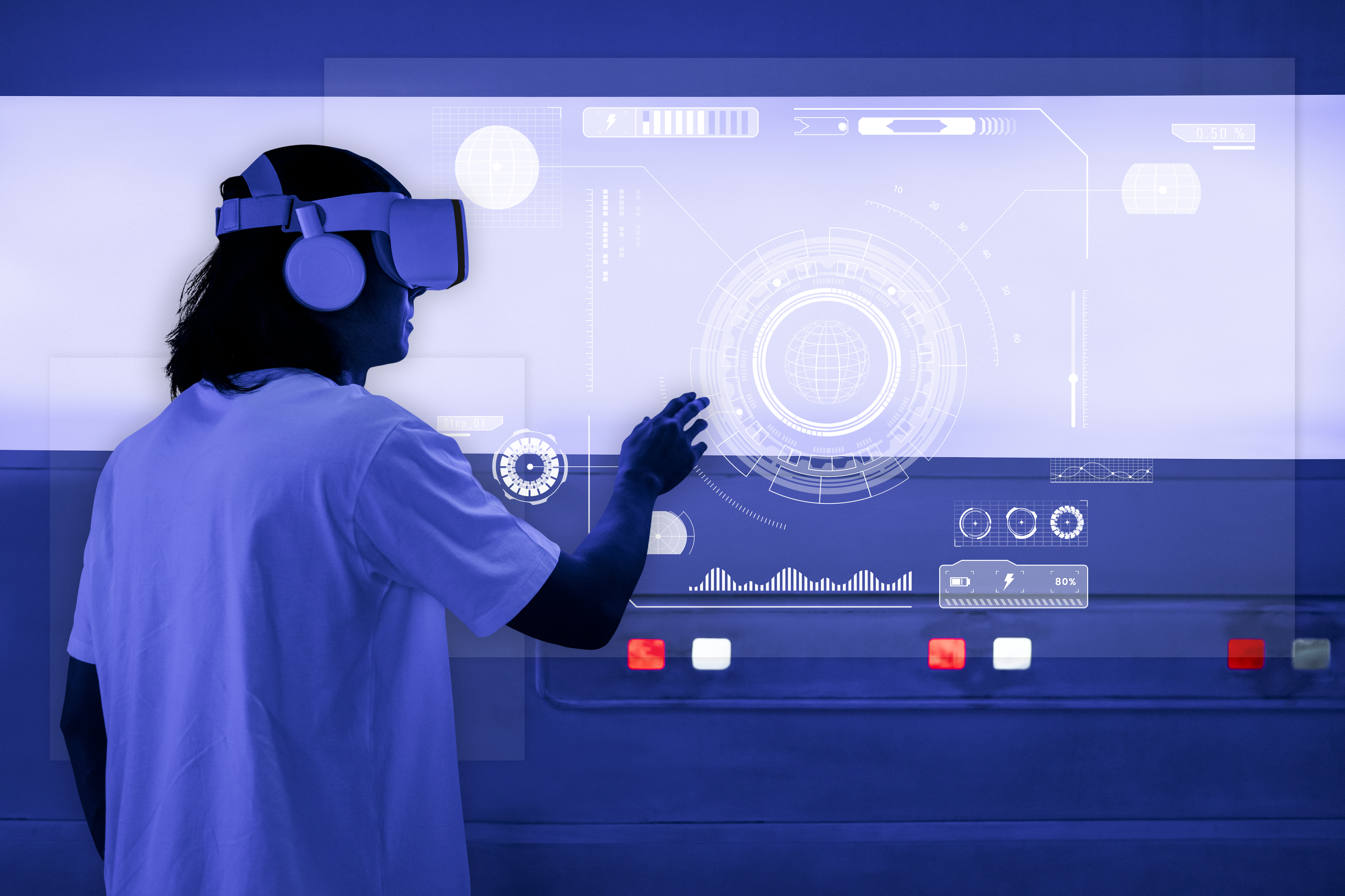The landscape of software development is undergoing a significant transformation with the integration of artificial intelligence into developer tools. What began as simple code completion has evolved into sophisticated systems capable of understanding context, generating entire functions, and even debugging complex issues.
The Current State of AI Coding Assistants
Modern tools like GitHub Copilot leverage large language models trained on billions of lines of public code. These systems don't just complete syntax—they understand the intent behind your code and can suggest relevant implementations based on comments and function signatures.
Key Benefits:
- Reduces repetitive coding tasks by 40-60%
- Helps developers learn new frameworks faster
- Identifies potential security vulnerabilities
- Generates documentation automatically
The Future of AI in Development
Looking ahead, we can expect AI tools to take on more architectural responsibilities. Instead of just suggesting code completions, they may propose entire application structures based on requirements, optimize performance automatically, and even help maintain consistency across large codebases.
However, these tools won't replace developers—they'll augment their capabilities, allowing professionals to focus on higher-level problem solving while the AI handles routine implementation details.







